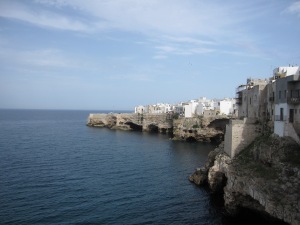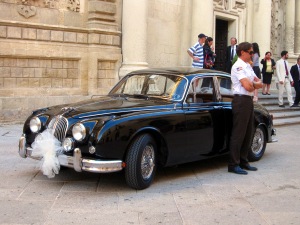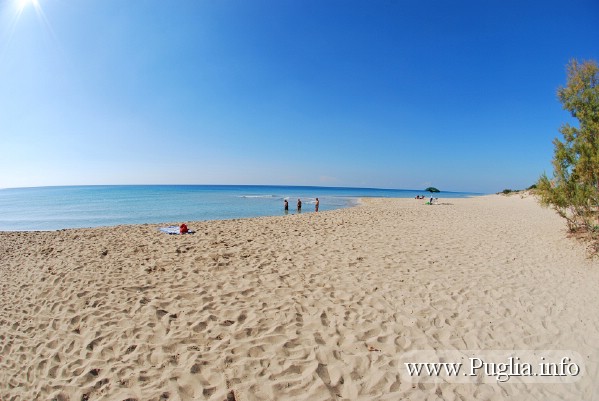Here in Bra, the heart (and physical headquarters) of Slow Food-landia, people are raised from birth to eat locally, cook with raw, unprocessed ingredients, and buy from small, independent producers. Great, these are philosophies that I have tried to uphold all along, so it’s not like I have suddenly been told to wear a burka.
Well, today I am going to go rogue and fess up about something that has been irritating the hell out of me: Italian milk. It sucks.
To provide some background, there are two grades of Italian milk: intero (whole) and parzialmente scremato (similar to 2%). I’ve been buying the latter and it tastes good, but honestly I would be happier with skim milk. Also, Italian milk is sold in supermarkets in paper cartons or plastic bottles in either half-liter or liter sizes. When I first saw this, I was somewhat dismayed, since this is a quantity that would last me through maybe four bowls of cereal. Where is the gallon jug that is so ubiquitous in American grocery stores? Don’t they need to make lots of cappucinos every morning?
Soon afterwards, I discovered why the milk is only sold in tiny containers: it spoils incredibly quickly. Though the expiration dates on U.S. milk jugs are marked for about two weeks in the future (and oftentimes the milk is good even beyond this date), Italian milk cartons indicate sell by dates about 3 days away. And unlike with American milk, that date is Serious Business. On multiple occasions, I have drunk milk from a carton one day before the expiration date, only to discover the next morning that it has curdled. Sometimes this discovery occurs as I absentmindedly pour chunky milk into my bowl of cereal, and shovel a spoonful into my mouth.
The milk comes from local dairy farms in Piemonte, so shouldn’t it be even fresher and last longer than milk in the U.S.?
Spoilage speed aside, another reason milk is sold in small packages may be due to the size of European refrigerators. Like cars, refrigerators here are about half the size of their American counterparts, and there would simply be no space for a gallon-size container.
I was whining about the short shelf-life of my milk to one of my flatmates, who suggested the bricks of UHT (ultra-high-temperature processing) milk. This is shelf-stable milk that does not need to be refrigerated (until the carton is opened) and lasts for 6-9 months. It also tastes terrible, like the milk has been cooked.
Both American and European producers pasteurize their milk, so I don’t think that explains the milk spoilage speed. I mean, for chrissakes’ they invented pasteurization over here.
On the plus side, the yogurt over here is excellent, and lasts for at least a couple weeks.







